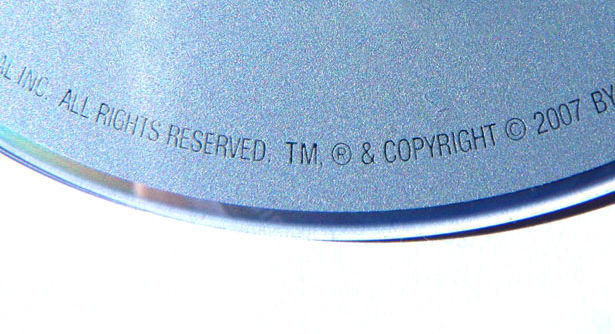Copyright notices
Using copyright notices on your work
A copyright notice is simply a statement that identifies the copyright owner and date of the work.
A typical copyright notice will look like “Copyright © 2016 Owner Name. All rights reserved.”
Marking a work with the copyright notice is not mandatory under most jurisdictions, by it is strongly recommend for the following reasons:
- It provides a deterrent to people ignorant of the law who may see an absence of a copyright notice as meaning they can copy the work freely.
- It provides a name or indication of who to contact for anyone seeing permission to use the work.
- By including the publication date, it can help future researchers determine the copyright status of the work (i.e. whether it is in the public domain yet).
- In some countries (those that are only signatories of the UCC) it is still advisable to include a copyright notice.
Universal Copyright Convention as revised at Paris on 24 July 1971, Article III, point 1 states:“Any Contracting 'State which, under its domestic law, requires as a condition of copyright, compliance with formalities such as deposit, registration, notice, notarial certificates, payment of fees or manufacture or publication in that Contracting State, shall regard these requirements as satisfied with respect to all works protected in accordance with this Convention and first published outside its territory and the author of which is not one of its nationals, if from the time of the first publication all the copies of the work published with the authority of the author or other copyright proprietor bear the symbol © accompanied by the name of the copyright proprietor and the year of first publication placed in such manner and location as to give reasonable notice of claim of copyright.”
Copyright notices for sound recordings
Often a great deal of work and effort goes into creating “that sound” and thus a sound engineer (or recording/publishing company) will be a copyright owner of the sound recording.
To avoid confusion with the copyright in the underlying music, there is a second copyright symbol (and notice) that denotes the copyright ownership of the sound recording itself. This right (depending on where you are) may be called a “ phonogram”, "published", "phonorecord" or “phonographic” right, and is denoted by a capital P in a circle symbol (?).
In the case of a music CD or similar, the copyright notice will therefore look something like this: “Copyright © 2016 Songwriter Name. This recording ℗ 2016 Record Company Name.”
What does “All rights reserved” mean?
It simply means that the copyright owner is reserving all rights he has under copyright law and that permission must be sought if you want to use the work in any way that is not explicitly allowed under your country’s fair use exceptions.
It is normally a redundant statement used for emphasis, as the copyright owner will normally have automatic and exclusive rights to control use of their work anyway.
Copyright symbols
How to find/use the ℗ symbol:
- Unicode
U+2117 - HTML
℗
How to find/use the © symbol:
- HTML code:
© - Unicode :
U+00A9 - Windows shortcut:
Alt + 0 1 6 9 on the numeric keypad. - Mac shortcut: Option
+ g - Linux shortcut: Compose key
+ o c (you may need to define the compose key) - Microsoft Word: Insert menu - Symbol (or
Alt + Ctrl + C ). - Libre Office: Insert menu - Special Character.
It is also common to see (c) used as an approximation.
